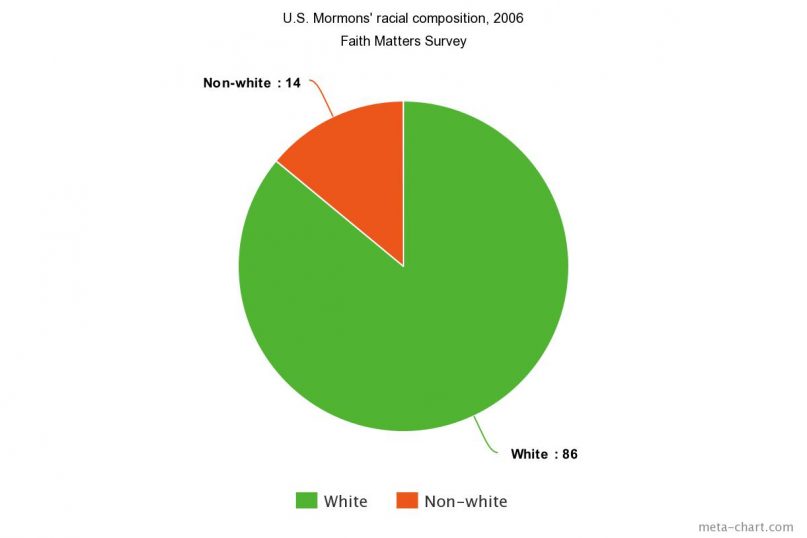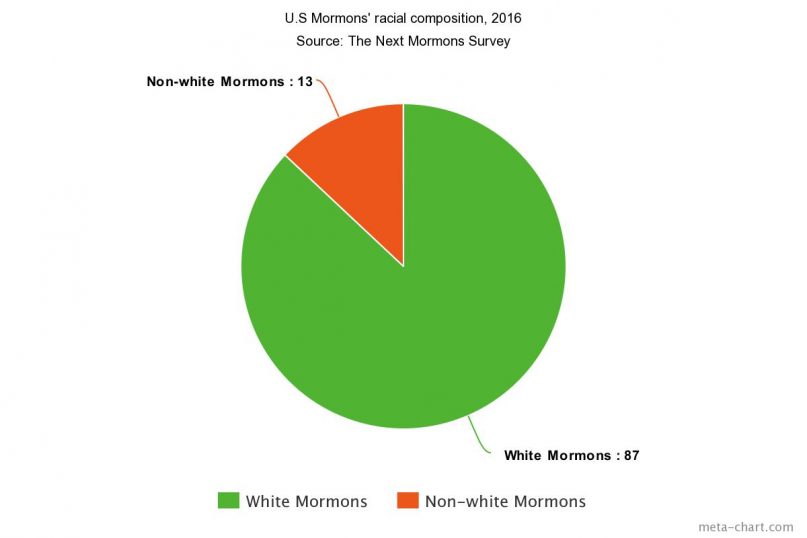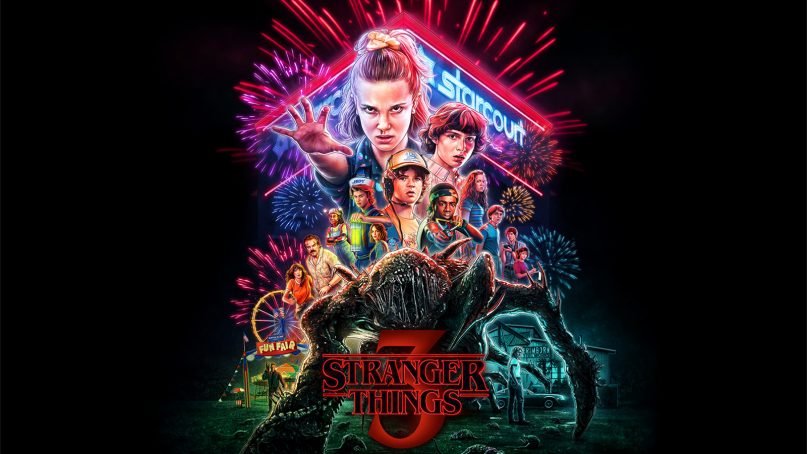(RNS) — Season 3 of the Netflix hit “Stranger Things” features a rare discussion of Mormonism — but not in a good way.
Without spoiling any plot points, Dustin, the curly-headed geek we’ve grown to love, has fallen for a Utah girl at science camp.
In typical Dustin fashion, he doesn’t want to just call her on the phone from his home in Indiana, because that wouldn’t be nearly nerdy enough. So he rigs up “Cerebro,” the ham radio to end all ham radios, and ropes his best friends into hiking up to the town’s highest point so he can communicate with his girlfriend, Suzie, 1,500 miles away.
Max: You know, I’m pretty sure people in Utah have telephones.
Dustin: Yeah, but Suzie’s Mormon.
Lucas: Oh s**t. She doesn’t have electricity?
Max: No, that’s the Amish.
Will: What are Mormons?
Dustin: Super-religious white people. They have electricity and cars and stuff, but since I’m not Mormon, her parents would never approve. It’s all a bit … Shakespearean.
I have a feeling that Netflix is receiving its share of righteous irritation from the Latter-day Saint community at this depiction of U.S. Mormons as “super-religious white people.”
It’s not the super-religious part they will object to; it’s the racial characterization.
So I’m here to tell you that based on data about American Mormonism’s racial composition, the flippant “Stranger Things” is actually uncomfortably accurate.
In 1981 — shortly before the mid-’80s setting of this season of “Stranger Things” — the Church of Jesus Christ of Latter-day Saints conducted an extensive survey of 5,000 randomly selected members within the U.S. Several articles were published from this research (which is different from today’s standard, by which the church’s internal research is kept private).
To meaningfully compare the LDS data with members of other religious groups, the researchers used data on Catholics and Protestants drawn from several years of NORC’s General Social Survey — but only of whites. “To eliminate the confounding influence of race, only whites were included in the analysis,” one article stated.
One interpretation of this is that the church’s own membership in 1981 skewed so heavily Caucasian that it made methodological sense to compare the church’s statistics on things like religiosity, marriage, divorce and premarital sexuality to the findings on white people from other religious traditions.
We don’t have actual numbers to confirm what the U.S. church’s racial composition was like in the “Stranger Things” era. We can piece together a more recent racial history from six national surveys taken between 2006 and 2016. For example, here’s what the church’s racial profile looked like in the 2006 Faith Matters Survey:

And here’s a pie chart from the 2016 Next Mormons Survey. Yes, this is a different chart from a decade later, even though it looks almost exactly the same.

In all six surveys, the highest percentage of persons of color was Pew’s 2014 Religious Landscape Study, at 15% for all nonwhite LDS respondents combined. The least diversity was seen in the 2007-2008 American Religious Identification Survey, which showed only 9% nonwhite U.S. Latter-day Saints.
There is some difference by generation. For example, 93% of boomer/silent Mormons were white in the 2016 Next Mormons Survey, compared with just 81% of millennials. Time will tell whether these more diverse younger Saints will remain in the religion, helping to move the tradition from white dominance to something more reflective of where America is today.
Mormonism’s racial inelasticity is occurring at the same time that the United States as a whole is growing more racially diverse with every passing year. By 2065, Pew predicts that the nation will be a “minority majority” society, in which no single racial group will claim more than a 50% share of the population.
Pew expects whites to be 46% of America by 2065, while the U.S. Census Bureau predicts the change will occur sooner. Meanwhile, as racial mixing becomes more common, many challenge the facile “one-drop” categories we’ve been using to describe race in the first place.
U.S. Mormonism, by staying much the same in its racial makeup while the nation diversifies all around it, is actually even closer to Dustin’s characterization on “Stranger Things” now than it would have been in the 1980s. At that time, the U.S. church may have been more than 90% white, if we can extrapolate backward from the racial composition of today’s Mormon baby boomers and silent generation. But the nation as a whole was about 80% white — a gap of roughly 10 percentage points.
Today the United States population is closer to 60% white, and Mormonism appears to be holding steady around 85% white, which means the racial gap has widened to something more like 25 percentage points. This is change in the wrong direction.
Granted, there is racial diversity among Mormons outside the U.S. church in a way that was less true in the 1980s. Missionary successes in Asia, Latin America, Africa and the Caribbean have contributed to a more globally minded and racially diverse religion around the world.
That racial diversity has not translated to America, however, which is a problem. Last week the church made the news when an African American temple ordinance volunteer worker in Payson, Utah, was told not to report for duty because he had changed his hairstyle to dreadlocks. After the incident was reported and shared on social media, the temple president quickly reversed the decision, allowing ordinance worker Tekulve Jackson-Vann to resume his post.
It’s this kind of episode that reminds members that many of the church’s cultural standards (grooming, music, foodways, etc.) were made by white people with the assumption that they could and should be adopted universally. That they were part of “the gospel” rather than what they actually are: cultural products and assumptions.
A stubborn absence of racial diversity is not the way that members of the Church of Jesus Christ of Latter-day Saints want to be known as God’s peculiar people.
Related posts:
- LDS Church rebukes Mormon white supremacists, who rebuke the Church right back
- Naming of 3 new Mormon apostles raises questions about race, international diversity
- Black Mormon students respond to the LDS Church’s “Be One” celebration






